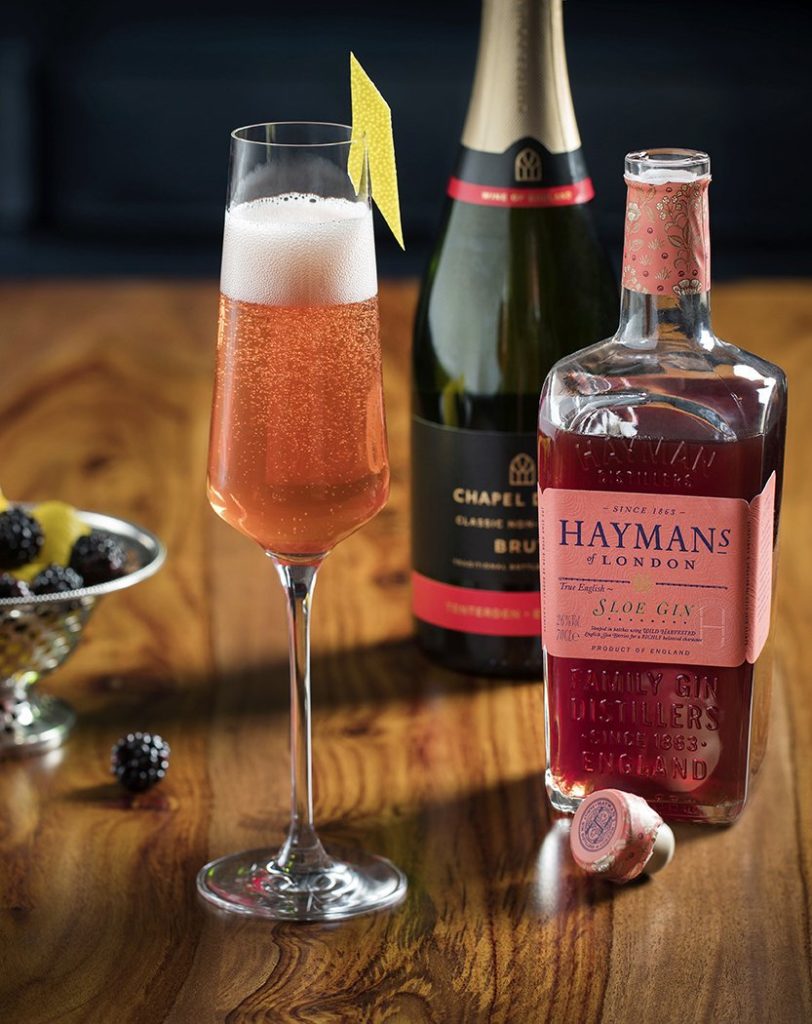
Although it’s not what we hope for, even if an ash we plant is not able to reach maturity (because it succumbs to dieback), it can still provide a habitat for dependant wildlife.

We’ve also funded ash where surrounding, diseased trees have been removed (and therefore the pathogen has been removed from the area) and the proportion of ash in the mix is relatively low. If we stop planting ash altogether, any wildlife that relies on it will also die. For example, we’ve funded ash planting from genetic stock that is thought to be resilient to Ash dieback disease. It has already wiped thousands of these elegant trees from our landscape, and experts are trying to stop it. You have probably heard of ash dieback disease, a fungus affecting both the leaves and crown. The ash’s leaves, and indeed its whole crown, can move in the direction of sunlight. Read our guide to foraging for more tips.The ash is the third most common tree in Britain and thrives in rich, fertile soil where it provides a home for woodpeckers and owls.

Both methods are used to help break the skin ever so slightly, which slowly releases the juices into the spirit. The frost can be emulated by freezing the sloes before using. There is nothing wrong with this advice, but it isn’t essential. Some recipes suggest pricking the sloes with a needle or only picking sloes after the first frost.Ripe berries will have a dark blue-purple colour and should squash easily between your fingers.Favour those that have ripened in the sunshine rather than those shaded by dense bush.


Blackthorn, as its name suggests, has sharp thorns, so be very careful when picking and wear appropriate gloves and clothing. Never forage anything without consulting a reference book or foraging expert first, and steer clear if you are unsure.Small clusters emerge during late summer, but they're best between September and November.Sloes are the small purple wild plums of the blackthorn tree that can often be found in hedgerows.


 0 kommentar(er)
0 kommentar(er)
